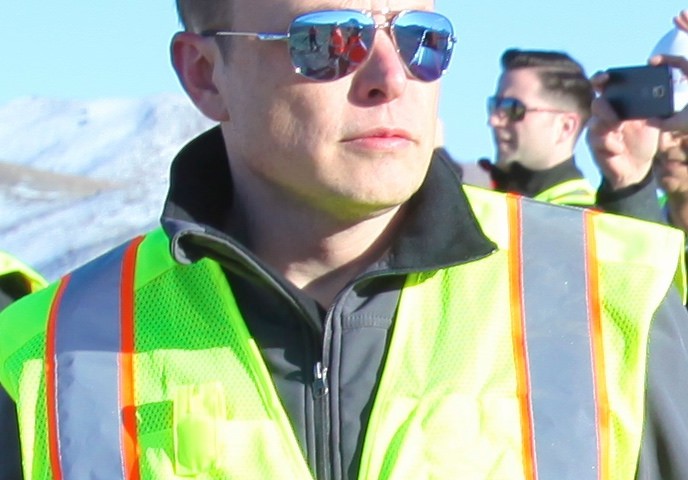With the development process of the first gigafactory apparently going quite smoothly, Tesla Motors is apparently already busy courting Japanese battery suppliers with regard to a potential second gigafactory.
This possible second gigafactory would of course be located outside of North America, and seems quite sensible in many ways. Considering that representatives from the company have in the past alluded to the possibility of a second gigafactory (or hundreds more) within the near future, I’d say that it’s pretty likely that the courting process is being taken seriously.
The news is that a top Tesla executive was in Japan last week talking with many of the big names over there about the possibilities — considering that Tesla already has quite a good relationship with many Japanese companies (the company sources more parts from Japan than from anywhere except North America), locating a second gigafactory there would (seemingly) make a fair amount of sense. Japan is also one of the largest electric car markets in the world and is quite a wealthy country (i.e., a potentially big market for Tesla).
Tesla’s director of battery technology, Kurt Kelty, recently commented, though, that the battery supply industry in the country was perhaps over cautious.
“We take risks, but it seems not the case in Japan.â€
He even noted, humorously, that when Tesla requested a production increase from one of the larger companies over there that the company replied that Tesla should slow down its plans for expansion. (The company wasn’t named.)
Presumably, this reality would make it more likely for Tesla to pursue the creation of its own manufacturing infrastructure in the country.
Worth remembering here is that once the gigafactory in Nevada is complete, the Japanese company Panasonic will actually be overseeing the manufacture of the lithium-ion battery cells being produced there.
As it stands, the Nevada facility is expected to produce roughly 35 gigawatt-hours (GWh) of battery cells and 50 GWh of battery packs a year, once at full capacity — which is expected to occur by 2020.
Source: Cleantechnica


